Part 2: Your Brand Can Make a World of Difference with Sustainable Packaging
- Packaging Design
- Green Economy
Part 2: Your Brand Can Make a World of Difference with Sustainable Packaging
Packaging matters, but developing them from sustainable materials is ever necessary for the current world.
In Part 1, we explored some recommendations you can follow to ensure that your materials (e.g. plastic, paper, carton) meet the sustainable criteria for your packaging designs.
Here’s Part 2 as we look at more materials that are commonly used in most industries today.
Glass
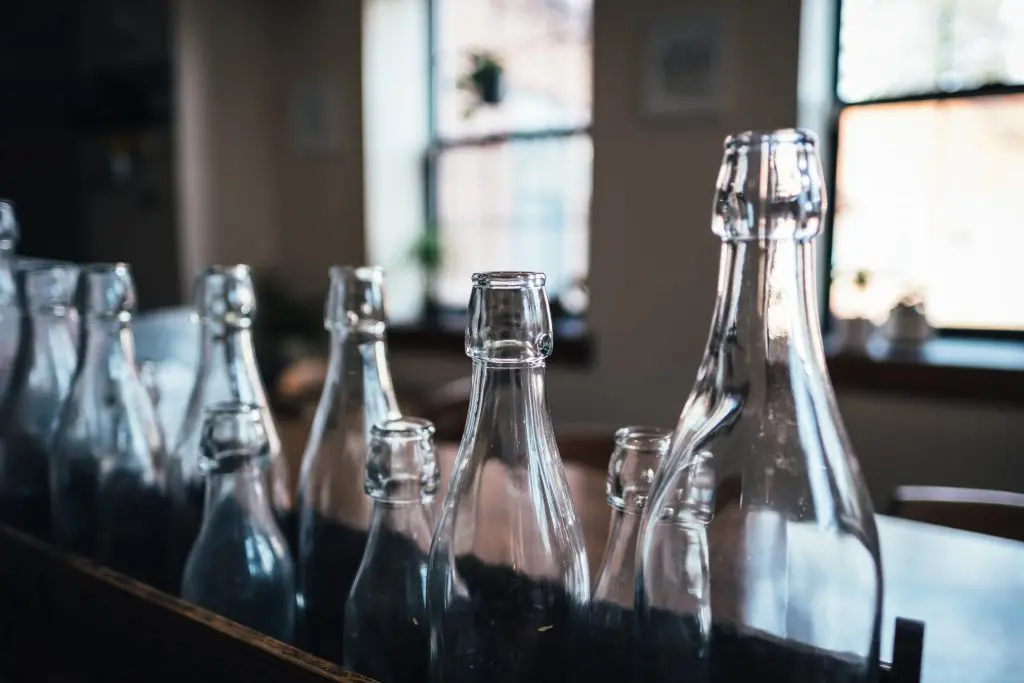
Preferred Finishes:
✔️ Standard colouring in green, brown, white (transparent) or related shades
✔️ Regular three-components packing glass (quartz sand, soda, limestone)
✔️ Engravings and paper labels (wet-strength)
To Avoid:
❌ No packaging glass, such as heat-resistant glass (e.g. boro-silicate glass)
❌ Lead crystal, cryolite glass
❌ Ceramic parts
❌ Full-surface, colour-coated bottles
❌ Full surface sleeves
❌ Permanently adhesive and large-area plastic labels
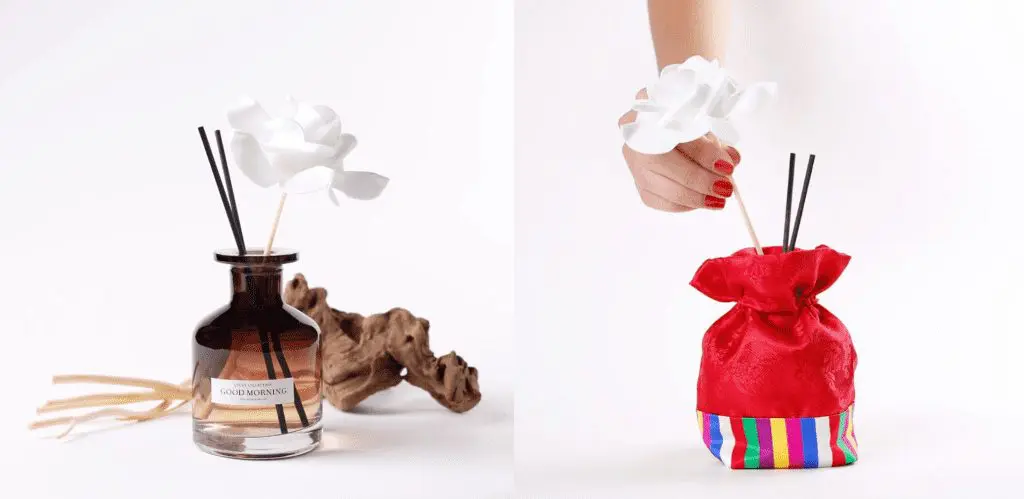
Take your senses on an adventure with Wanderscent’s identity and packaging.
Tinplate
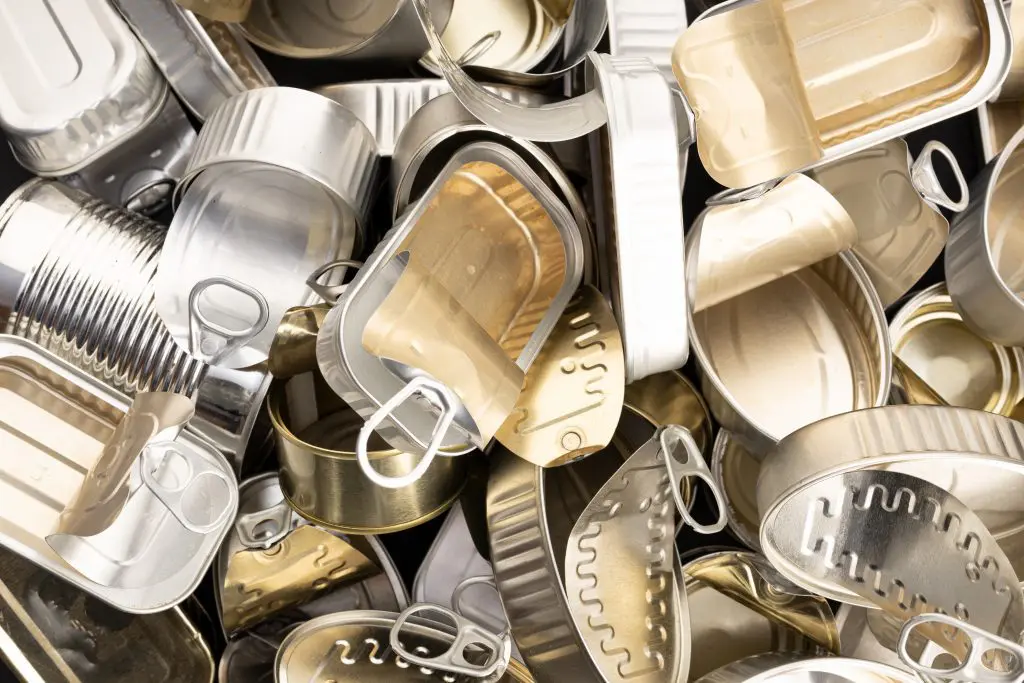
Preferred Finishes:
✔️ Ferromagnetic metals
✔️ Paint coating
✔️ Closure is also made of ferromagnetic metal
✔️ Decoration by means of embossing or paper banderole
To Avoid:
❌ Aerosol cans with hydrocarbon-based propellants and/or residual contents
❌ Non-compliant colours

See how we produced this personalised make-up mirror for Charles and Keith’s global retail stores.
Aluminium
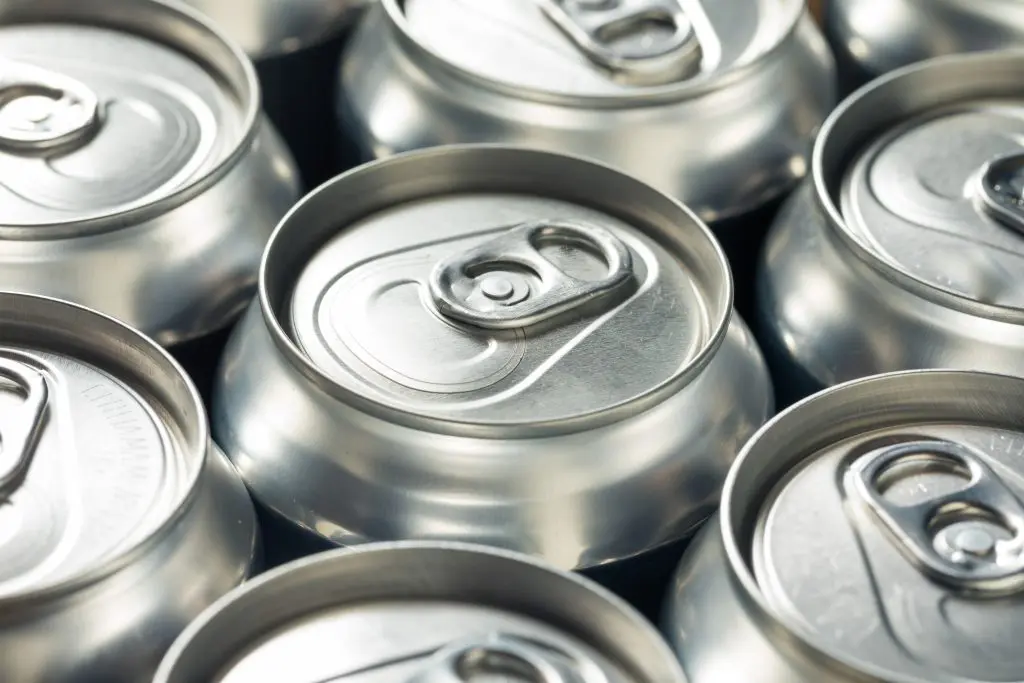
Preferred Finishes:
✔️ Non-ferrous metal parts
✔️ Direct printing process
✔️ Embossing or direct printing
✔️ Paint coating
✔️ Closures made of aluminium
To Avoid:
❌ Aluminium in material composite
❌ Non-compliant colours
❌ Aerosol cans with hydrocarbon substance-based propellants and/or residual content

In collaboration with Dester, check out what we designed for their global rebrand and new packaging identity.
Packaging matters, but developing them from sustainable materials is ever necessary for the current world.
In Part 1, we explored some recommendations you can follow to ensure that your materials (e.g. plastic, paper, carton) meet the sustainable criteria for your packaging designs.
Here’s Part 2 as we look at more materials that are commonly used in most industries today.
Glass

Preferred Finishes:
✔️ Standard colouring in green, brown, white (transparent) or related shades
✔️ Regular three-components packing glass (quartz sand, soda, limestone)
✔️ Engravings and paper labels (wet-strength)
To Avoid:
❌ No packaging glass, such as heat-resistant glass (e.g. boro-silicate glass)
❌ Lead crystal, cryolite glass
❌ Ceramic parts
❌ Full-surface, colour-coated bottles
❌ Full surface sleeves
❌ Permanently adhesive and large-area plastic labels

Take your senses on an adventure with Wanderscent’s identity and packaging.
Tinplate

Preferred Finishes:
✔️ Ferromagnetic metals
✔️ Paint coating
✔️ Closure is also made of ferromagnetic metal
✔️ Decoration by means of embossing or paper banderole
To Avoid:
❌ Aerosol cans with hydrocarbon-based propellants and/or residual contents
❌ Non-compliant colours

See how we produced this personalised make-up mirror for Charles and Keith’s global retail stores.
Aluminium

Preferred Finishes:
✔️ Non-ferrous metal parts
✔️ Direct printing process
✔️ Embossing or direct printing
✔️ Paint coating
✔️ Closures made of aluminium
To Avoid:
❌ Aluminium in material composite
❌ Non-compliant colours
❌ Aerosol cans with hydrocarbon substance-based propellants and/or residual content

In collaboration with Dester, check out what we designed for their global rebrand and new packaging identity.
YOU MIGHT ALSO LIKE
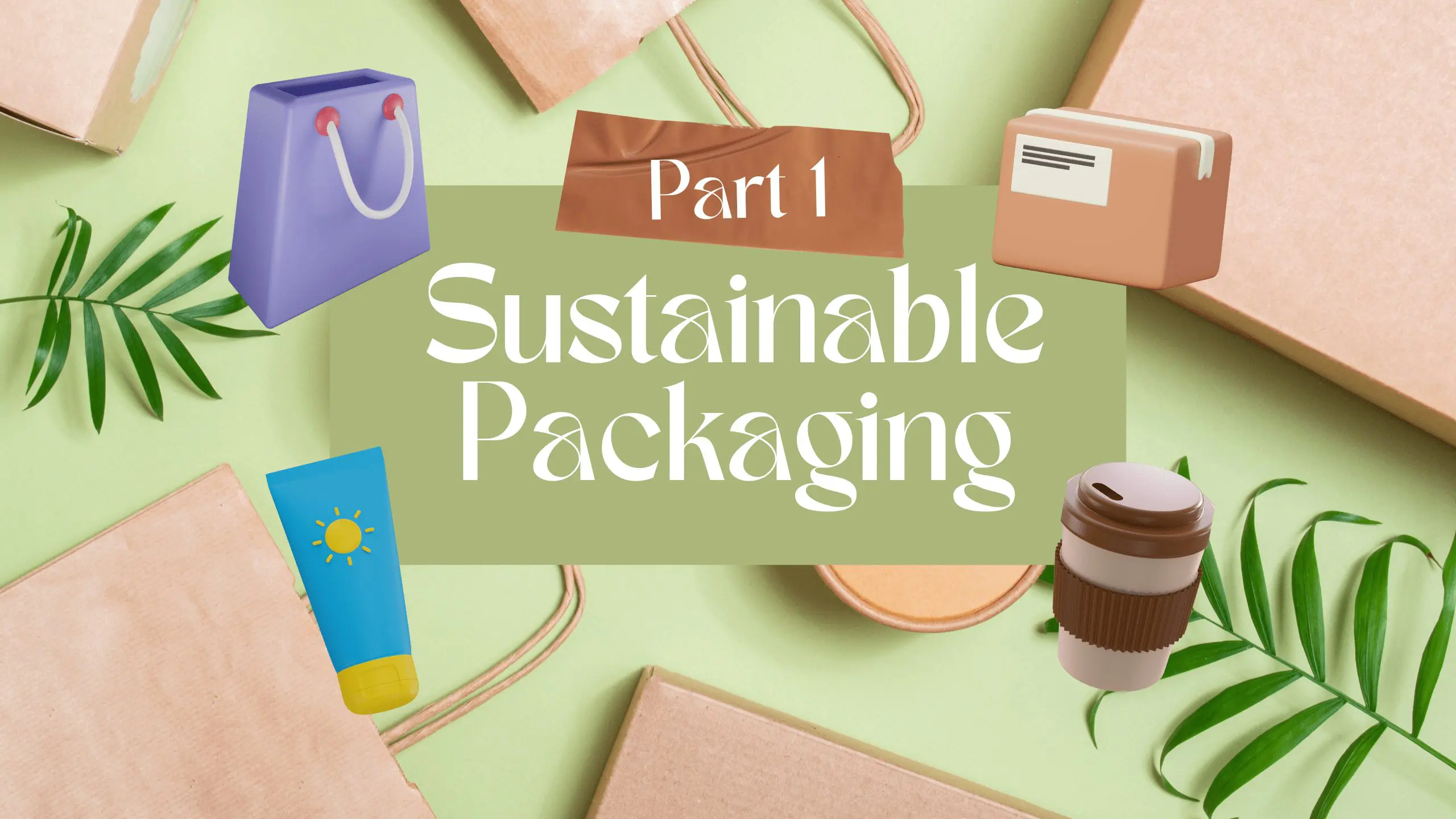
Part 1: Your Brand Can Make a World of Difference with Sustainable Packaging
- Packaging Design
- Green Economy
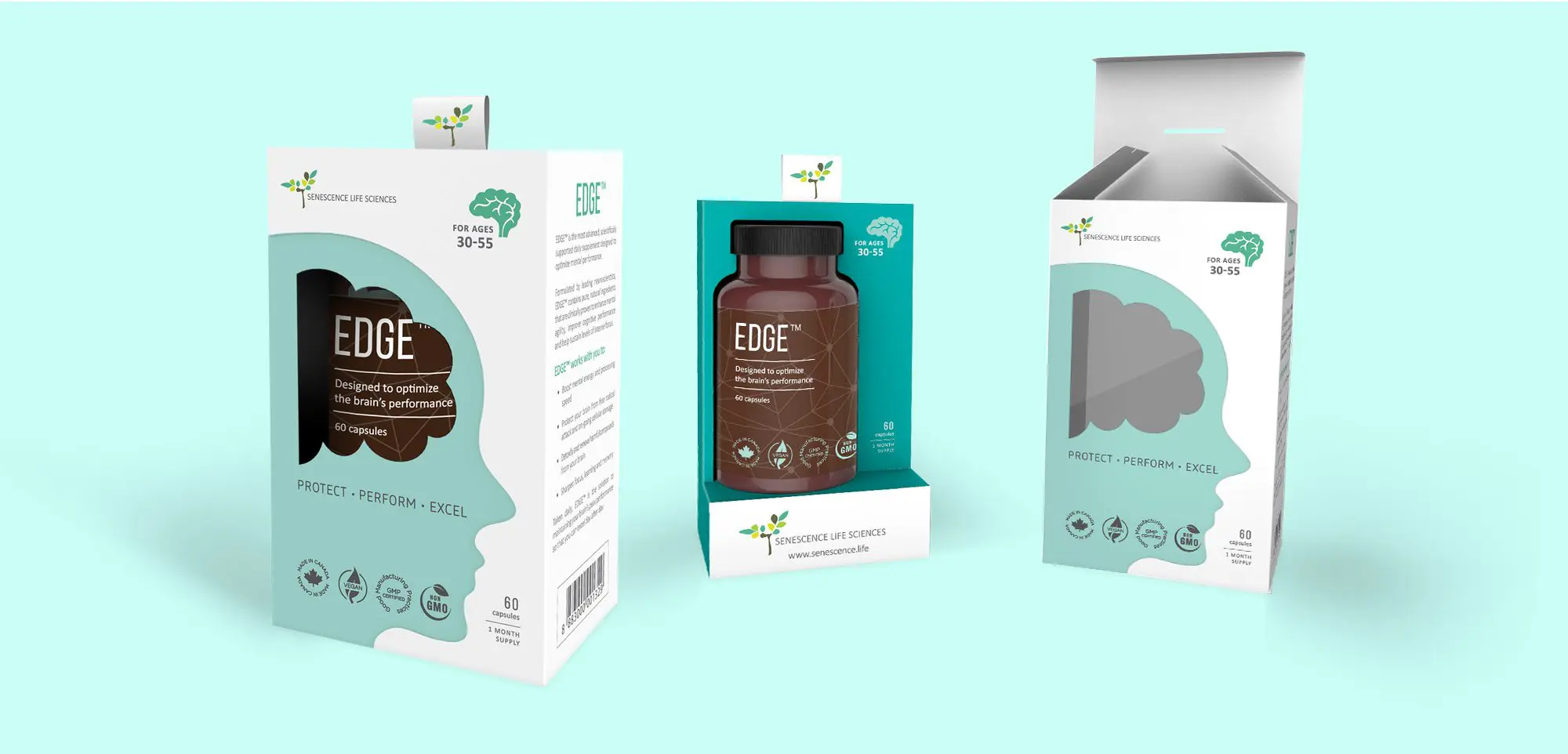
Effective Product Packaging Design Services in Singapore
- Packaging Design

What Are The 8 Things Creative People Do Differently
- Business Design



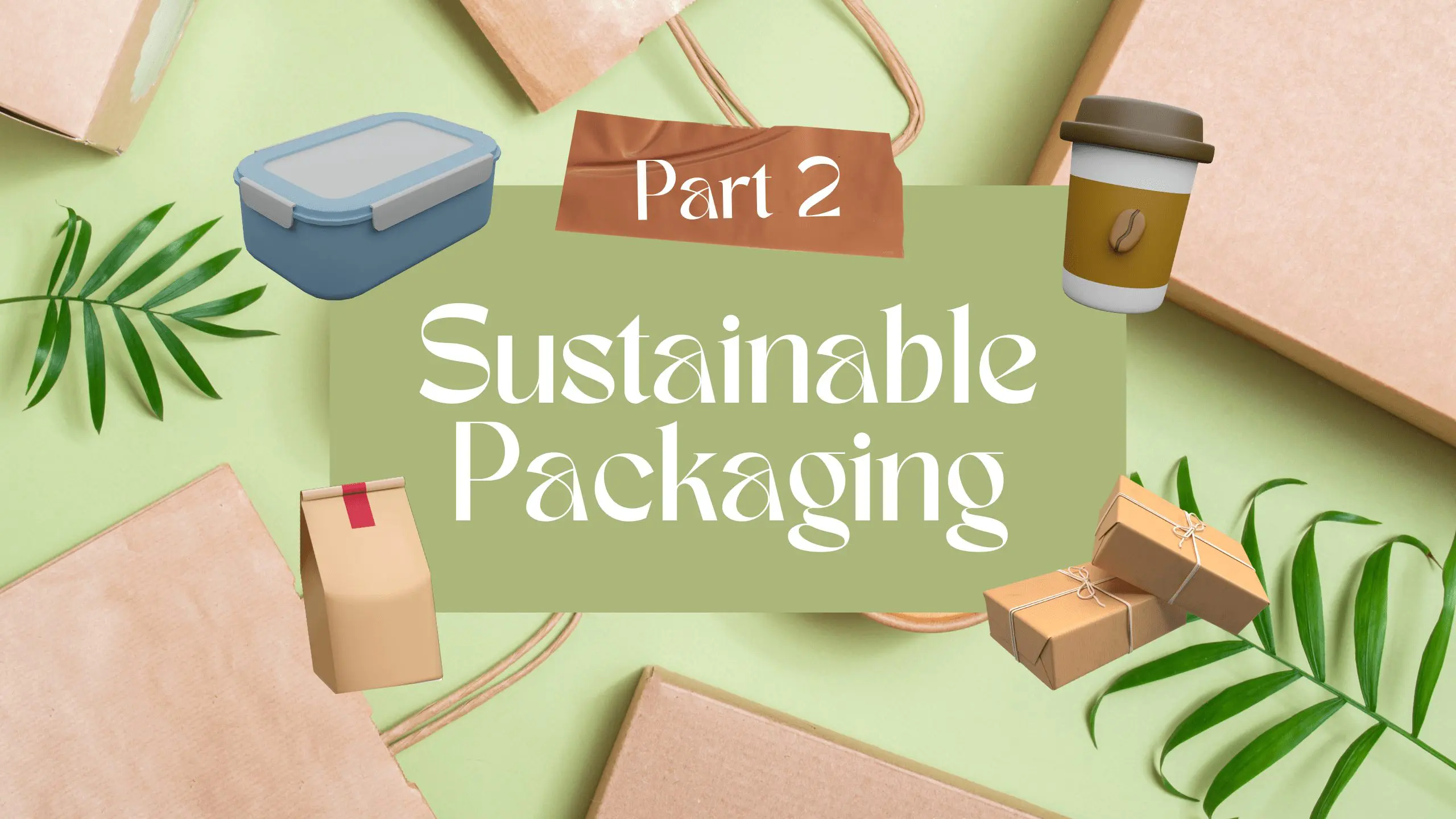















 Singapore
Singapore  Indonesia
Indonesia  Italy
Italy